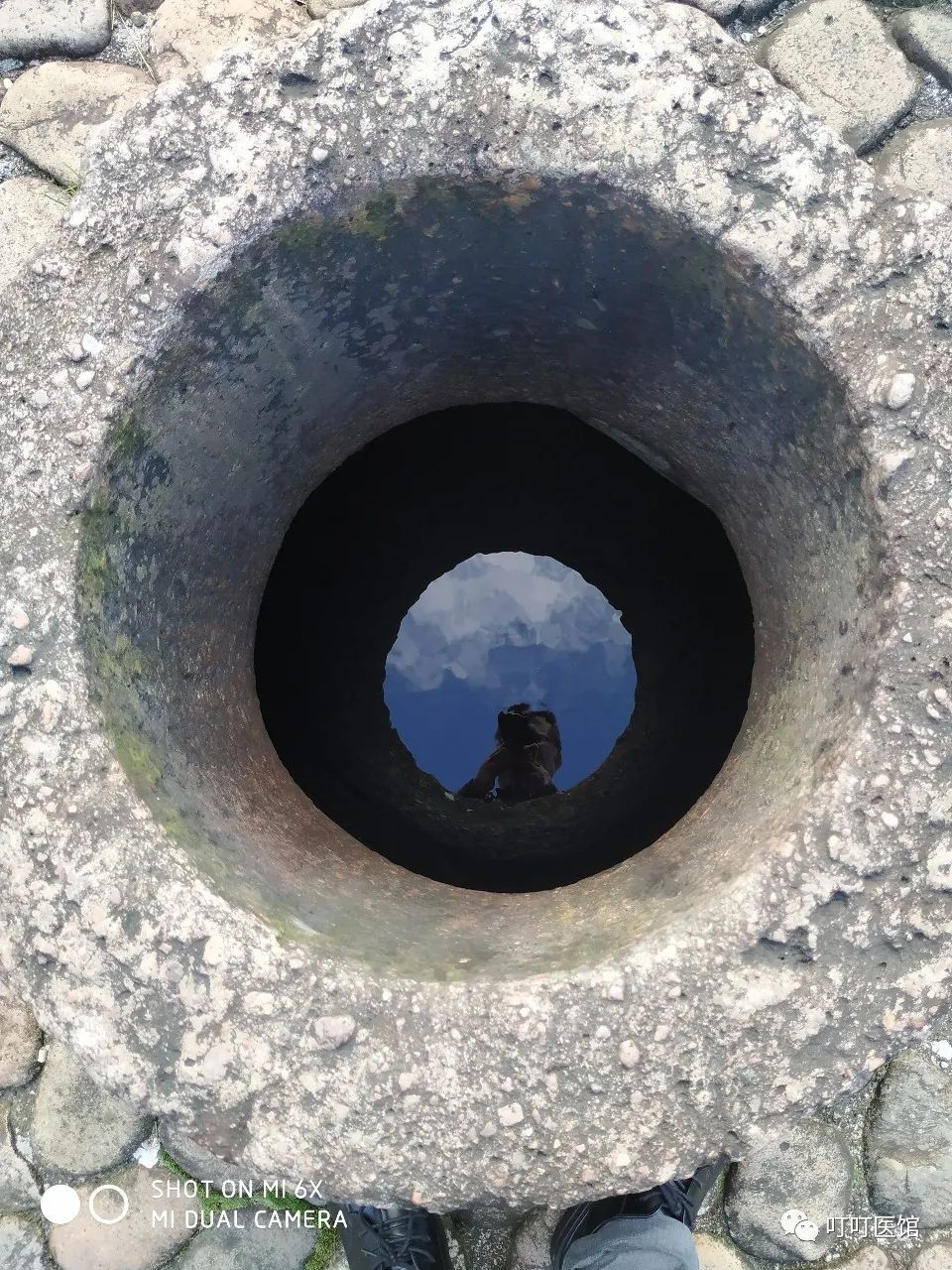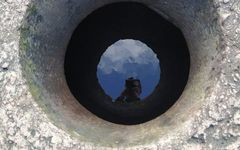Deep Pulse (Chen Mai)
While there are many types of pulse, they can be categorized based on four aspects: location, number, shape, and quality.①Floating Pulse (Fu Mai): The floating pulse includes six types: floating, surging, soft, scattered, hollow, and leather. These pulses are located superficially and can be easily felt.②Deep Pulse (Chen Mai): The deep pulse includes four types: deep, hidden, weak, and firm. These pulses are located deeper and require firm pressure to be felt.③Slow Pulse (Chi Mai): The slow pulse includes four types: slow, relaxed, rough, and knotty. These pulses beat slowly, with less than four to five beats per breath.④Rapid Pulse (Shu Mai): The rapid pulse includes four types: rapid, hurried, urgent, and moving. These pulses beat quickly, exceeding five beats per breath.⑤Weak Pulse (Xu Mai): The weak pulse includes five types: weak, fine, faint, intermittent, and short. These pulses are characterized by a weak beat.⑥Full Pulse (Shi Mai): The full pulse includes five types: full, slippery, wiry, tight, and long. These pulses are characterized by a strong beat.
Deep Pulse (Chen Mai)
Water flows down to create a deep pulse, soft and smooth between the tendons and bones. For women, it is measured at the cun (寸) position, and for men, at the chi (尺) position; this is considered normal across the four seasons. The deep pulse balances the tendons and bones, while the hidden pulse indicates a deeper condition. A deep pulse that is fine like cotton indicates a weak pulse, while a long and full pulse indicates a firm condition. A deep pulse can indicate water accumulation in the yin channels, with rapid pulses indicating heat and slow pulses indicating cold with phlegm. A weak and deep pulse suggests deficiency of qi, while a strong deep pulse may indicate accumulation of cold.
A deep pulse at the cun position may indicate phlegm and water stagnation in the chest, with cold pain and obstruction in the middle jiao (中焦). At the chi position, it may indicate dampness and diarrhea, with kidney deficiency affecting the lower jiao (下元).
The deep pulse indicates an internal condition; it does not necessarily mean qi deficiency, as it can also indicate a full condition.A weak and deep pulse suggests qi deficiency, which may also be due to yang deficiency. Could it also be due to yin deficiency and blood deficiency? Yin deficiency and blood deficiency can occur without yang excess, so when yin and blood deficiencies are present along with a deep pulse, it may also be accompanied by qi deficiency, resulting in a weak pulse.A strong deep pulse indicates an internal full condition, which may be due to phlegm-dampness, cold accumulation, or mass formation.
At the cun position, it mainly indicates phlegm-dampness accumulation in the chest, with weakness indicating insufficient heart and lung yang. At the guan position, it indicates cold accumulation in the middle jiao, with weakness indicating insufficient spleen yang. At the chi position, it mainly indicates kidney deficiency.

Firm Pulse (Lao Mai)
The wiry, full, and strong pulse is firm, typically found between deep and hidden. The leather pulse and hollow pulse rise from the surface; the firm pulse must be carefully examined. Cold conditions lead to a firm pulse with excess in the interior, causing abdominal and heart pain due to liver invading spleen.Mass formationis a concern, especially if there is blood loss or yin deficiency.
The firm pulse can be seen as a strong pulse within the deep pulse category, generally indicating a full condition, primarily due to cold accumulation and mass formation. If a firm pulse appears after blood loss, it is a concerning sign.
Weak Pulse (Ruo Mai)
The weak pulse is soft and lacks strength, fine and deep without floating. Yang is trapped in yin, and the essence and blood are weak; even a white-haired person can still feel youthful sorrow. A weak pulse indicates yin deficiency and declining yang qi, with symptoms of chills, fever, and muscle atrophy. Excessive fright and sweating reduce spirit; tonifying qi and adjusting the nutrients is urgent. A weak pulse at the cun position indicates yang deficiency, while at the guan position, it indicates stomach weakness and spleen decline. To address yang deficiency and yin deficiency, one must push the shenmen (神门) points on both sides..
The weak pulse can be seen as a soft pulse within the deep pulse category, indicating both yin and yang deficiency, as well as deficiency of qi and blood.

